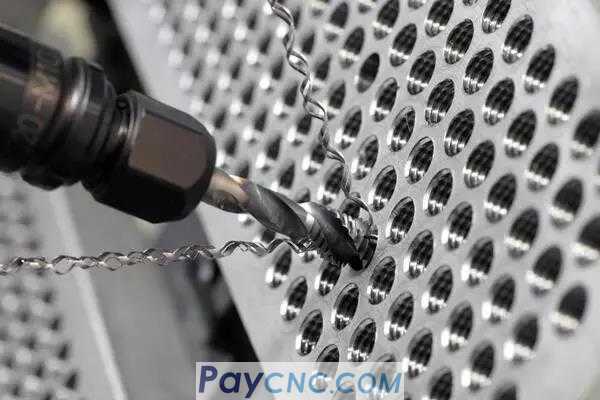Are you "entangled" by the tap again? Chipping, entanglement of chip removal, double eyelids, crest burrs, missing teeth, broken taps and chipping...Tapping is a relatively difficult process because its cutting edge is basically in 100% contact with the workpiece. This article will introduce the selection of taps and the relevant points of tapping.

01
Selection of tap chip flute type
As shown in the figure below, the chip flutes of taps are mainly divided into straight flutes, spiral flutes, and tip spiral flutes.

1) Straight groove type
It has a wide range of applications and can be used for various types of holes and hole depths.

2) Spiral groove type
Spiral flute taps are the most common type of taps. Chips are discharged upwards along the tap and are mainly used for thread processing of blind holes.

3) Tip spiral groove type
The most powerful type of tap, the chips are discharged downward along the tap, which is just the opposite of the spiral groove type tap. It is suitable for processing through-hole threads and not suitable for processing blind holes.

02Common problems in the process of tap tapping

The bottom hole is too large, resulting in rough tooth top and the stop end of the pass stop gauge can also be screwed in
The cutting force is too large, or the tap is severely worn and replaced in time, and the cutting resistance suddenly increases and causes chipping
The "W" type thread crest (commonly known as double eyelid) is generally caused by the deformation of the head of the thread or the excessive force of the leader during the second return attack.
The wrong choice of the spiral groove results in poor chip evacuation and then the iron chip is wound on the tap
|
 |
| Products Catalogue | Home | About Us | Retrofit | Download | News | Tech Support | Contact Us | |
|
|
|
